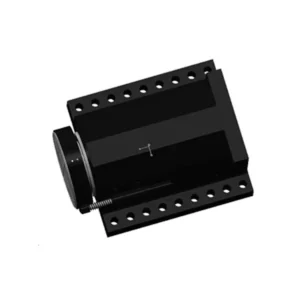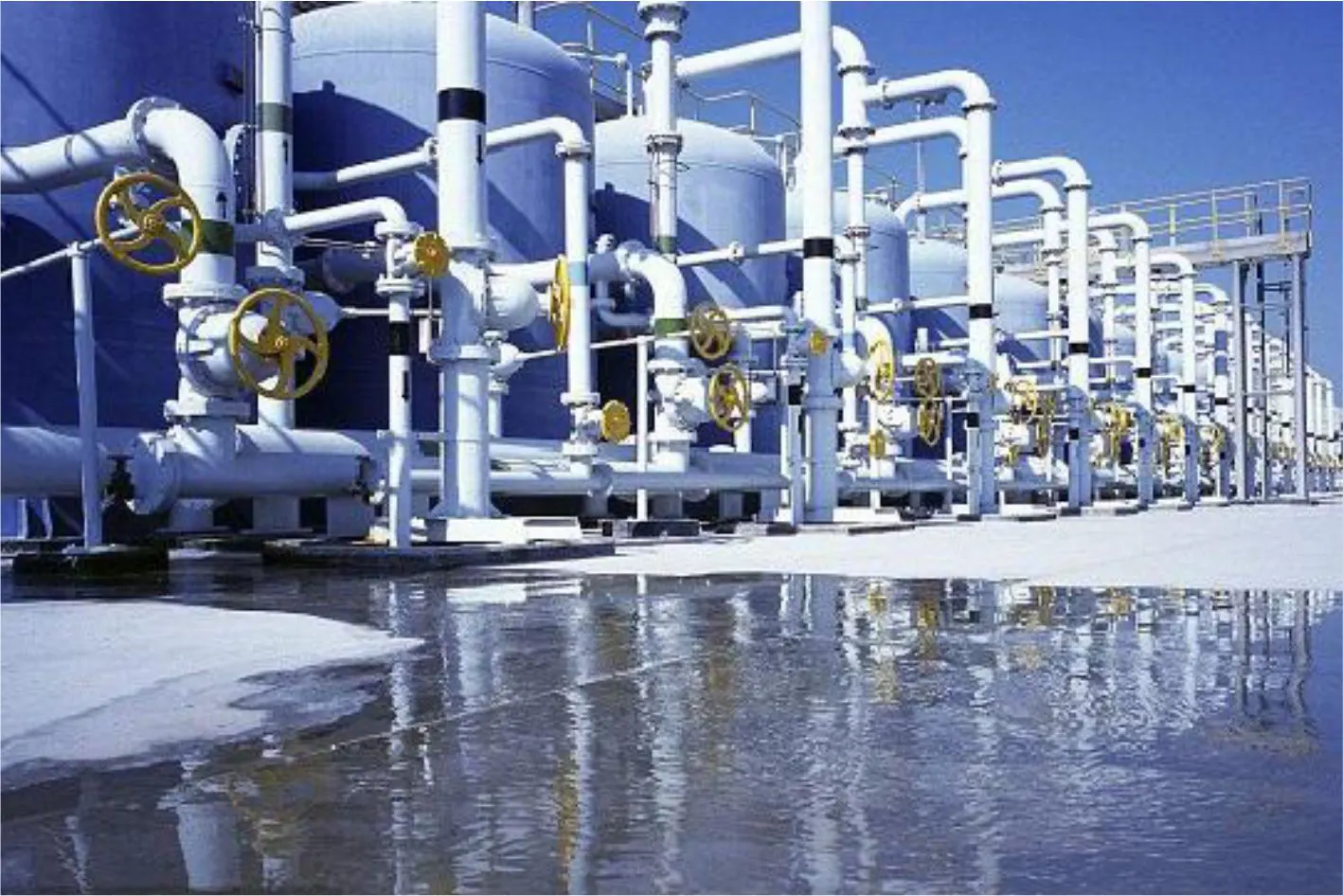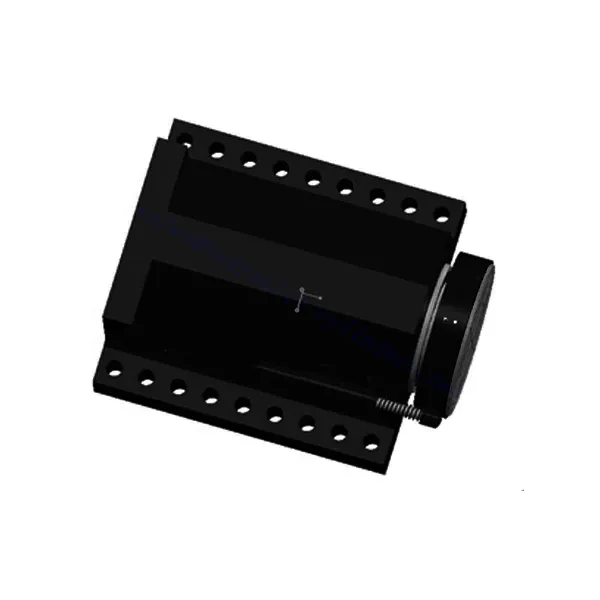Shield Machine Anti-torque Cylinder
Como um dos fabricantes, fornecedores e exportadores de produtos mecânicos de cilindros hidráulicos, oferecemos cilindros hidráulicos e muitos outros produtos.
Entre em contato conosco para obter detalhes.
Correio eletrônico:sales@hydraulic-cylinders.net
Fabricante, fornecedor e exportador de cilindros hidráulicos.
Shield Machine Anti-torque Cylinder

The shield machine anti-torque cylinder is a cutting-edge hydraulic component designed to provide enhanced stability and control in tunneling operations. This specialized cylinder plays a vital role in mitigating torque forces generated during the excavation process, ensuring optimal performance and safety. In this comprehensive article, we will delve into the key characteristics, usage methods, and maintenance guidelines for the shield machine anti-torque cylinder.
The shield machine anti-torque cylinder is a cutting-edge hydraulic component that enhances stability and control during tunneling operations. With its torque mitigation capabilities, precise control, robust construction, and compact design, this cylinder ensures safer and more efficient excavation processes. By following the recommended usage methods and adhering to regular maintenance practices, the shield machine anti-torque cylinder will continue to deliver outstanding performance, providing stability, control, and peace of mind in tunneling operations. Elevate your tunneling projects with the stability and control offered by the shield machine anti-torque cylinder.
Shield Machine Articulated Cylinder Key Characteristics:
- Torque Mitigation: The shield machine anti-torque cylinder effectively counteracts torque forces generated by the rotating cutterhead during tunnel excavation. Applying an opposing force helps maintain stability and prevents excessive machine movement, reducing the risk of accidents and enhancing overall operational safety.
- Precise Control: Equipped with advanced hydraulic control systems, this cylinder allows operators to exert precise control over the anti-torque force applied. This level of control enables fine adjustments during tunneling operations, ensuring accurate alignment and minimizing deviations.
- Robust Construction: The shield machine anti-torque cylinder is engineered with high-strength materials to withstand the demanding conditions encountered in tunnel excavation. Its rugged design ensures durability, longevity, and consistent performance, even in harsh environments.
- Compact Design: With a compact and space-efficient design, this cylinder seamlessly integrates into the shield machine, minimizing any additional bulk and maintaining the overall balance and maneuverability of the equipment.
Shield Machine Articulated Cylinder Parameter:
| Product Name | Shield Machine Anti-torque Cylinder |
| Features: | Transmit the torque when the cutter head rotates |
| Bore diameter: | 330mm~570mm |
| Rod diameter: | 260mm~530mm Stroke120mm~160mm |
| Pressure: | Generally up to 35Mpa Maximum up to42MPa |
| Applications: | Shield Machine, Tunnel Boring Machinery |
Shield Machine Thrust Cylinder Application:

Usage Method Of Shield Machine Articulated Cylinder:
- Instalação do cilindro: Install the shield machine anti-torque cylinder to the manufacturer’s instructions. Ensure proper alignment and secure attachment to the shield machine’s structure using appropriate mounting brackets or accessories.
- Hydraulic System Integration: Connect the cylinder to the shield machine’s hydraulic system using compatible hoses and fittings. Verify that all connections are secure, leak-free, and adequately tightened to maintain optimal hydraulic performance.
- Operating Controls: Familiarize yourself with the operating controls and mechanisms specific to the Shield Machine Anti-torque Cylinder. Understand how to adjust the anti-torque force applied and practice using the rules to achieve precise and responsive operation.
- Operational Considerations: During tunneling operations, monitor the cutter head’s torque forces and adjust the anti-torque force applied by the cylinder. Continuously evaluate the excavation conditions and adapt the anti-torque settings to maintain stability and control.
How To Bleed A Two Way Hydraulic Cylinder?
Bleeding a two-way hydraulic cylinder is a process that involves removing air from the system to ensure proper operation and prevent issues such as sponginess or reduced performance. A two-way hydraulic cylinder is a double-acting cylinder that uses hydraulic pressure to extend and retract the piston. Here’s a step-by-step guide on how to bleed a two-way hydraulic cylinder:
- Preparation:
- Ensure that the hydraulic system is turned off and the pressure is released.
- Put on personal protective equipment, including gloves and safety glasses, to protect yourself from hydraulic fluid.
- Identify the Bleeder Valve:
- Locate the bleeder valve on the hydraulic cylinder. It’s typically a small fitting with a dust cap. The bleeder valve allows air trapped in the cylinder to escape.
- Extend the Cylinder:
- Activate the hydraulic pump or valve, controlling the cylinder to extend the piston fully. This movement helps any air bubbles rise to the top of the cylinder.
- Remove the Dust Cap:
- Take off the dust cap from the bleeder valve. Set it aside in a safe place.
- Open the Bleeder Valve:
- Using an appropriate wrench or tool, turn the bleeder valve counterclockwise to open it. This allows air and any trapped fluid to escape from the cylinder.
- Retract the Cylinder:
- Release hydraulic pressure and allow the cylinder to retract fully. This may involve activating a control valve or releasing any external force that was holding the cylinder extended.
- Observe Fluid Flow:
- Watch the flow of fluid from the bleeder valve. Initially, you may notice air bubbles coming out along with the fluid. Allow the fluid to flow until there are no more bubbles, indicating that the air has been purged from the cylinder.
- Close the Bleeder Valve:
- Once you’ve eliminated all the air bubbles, close the bleeder valve by turning it clockwise. Ensure it is tightly closed to prevent fluid leakage.
- Extend and Retract the Cylinder:
- Repeat steps 3 to 8, extending and then retracting the cylinder again, to ensure any remaining air is purged from the system. This step helps ensure thorough bleeding of the hydraulic cylinder.
- Check Fluid Level:
- After bleeding the cylinder, check the hydraulic fluid level in the system’s reservoir. Add fluid if necessary to maintain the recommended level.
Aptidão e capacidade da fábrica:
(1) Montagem
Temos uma plataforma de montagem de pesquisa e desenvolvimento independente de primeira classe. A oficina de produção de cilindros hidráulicos tem quatro linhas de montagem semiautomáticas de cilindros de elevação e uma linha de montagem automática de cilindros de inclinação, com uma capacidade de produção anual projetada de 1 milhão de peças. A oficina de cilindros especiais é equipada com várias especificações de um sistema de montagem de limpeza semiautomática com uma capacidade de produção anual projetada de 200.000 peças e equipada com famosos equipamentos de usinagem CNC, um centro de usinagem, um equipamento especial de processamento de cilindros de alta precisão, uma máquina de solda robotizada, uma máquina de limpeza automática, uma máquina de montagem automática de cilindros e uma linha de produção de pintura automática. O equipamento crítico existente é de mais de 300 conjuntos (conjuntos). A alocação ideal e o uso eficiente dos recursos do equipamento garantem os requisitos de precisão dos produtos e atendem às necessidades de alta qualidade dos produtos.


(2) Usinagem
A oficina de usinagem é equipada com um centro de torneamento de trilho inclinado personalizado, um centro de usinagem, uma máquina de brunimento de alta velocidade, um robô de soldagem e outros equipamentos relacionados, que podem lidar com o processamento de tubos de cilindros com diâmetro interno máximo de 400 mm e comprimento máximo de 6 metros.

(3) Soldagem

(4) Pintura e revestimento
Com linhas de revestimento de tinta à base de água automáticas de cilindros de pequeno e médio porte, para obter carregamento e descarregamento automáticos de robôs e pulverização automática, a capacidade projetada é de 4.000 peças por turno;
Também temos uma linha de produção de tinta semiautomática para cilindros grandes, acionada por uma corrente elétrica, com capacidade de projeto de 60 caixas por turno.


(5) Testes
Temos instalações de inspeção e bancos de teste de primeira classe para garantir que o desempenho do cilindro atenda aos requisitos.

We are one of the best hydraulic cylinder manufacturers. We can offer comprehensive hydraulic cylinders. We also provide corresponding caixas de câmbio agrícolas. Exportamos nossos produtos para clientes em todo o mundo e conquistamos uma boa reputação devido à qualidade superior de nossos produtos e ao serviço pós-venda. Convidamos clientes nacionais e estrangeiros a entrar em contato conosco para negociar negócios, trocar informações e cooperar conosco!
Faça um tour pela nossa fábrica de RV:
Faça um tour pela nossa fábrica de RV com o seguinte
Cilindro hidráulico Aplicação:


